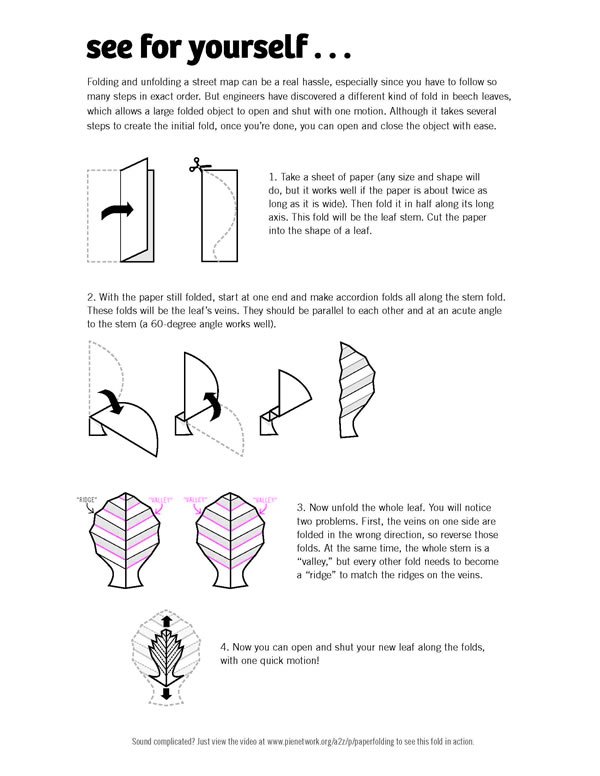Space-Age Leaves
on March 1, 2015How do you design a huge solar panel that can be folded up and stored in a tiny rocket? To find the answer, scientists looked inside the buds of the common beech tree.
Excerpt from "Space-Age Leaves," Answers (January–March 2010)
Imagine the benefits of building large solar panels on earth and then launching them into space to collect energy from the sun. But there is a big problem. To be effective, solar panels require maximum surface area and lots of metal bracing for strength, yet somehow the panels must be folded compactly and stuffed into a rocket for the initial journey into space.
The design must be both lightweight and strong so that the panels will unfold without the need for a lot of motors or fear of damage. How can these design challenges be overcome?
The Japanese found a solution in God’s creation—in the buds of the common beech tree. The tree begins each growing season by constructing new leaves compactly folded within small buds. When it’s time for the plant to begin absorbing energy from the sun, the buds open, and the new leaves unfold like accordions.
The intricate folding of the beech leaf is an ingenious design. You can see it for yourself by downloading the below instructions and doing this simple origami exercise.
 Download PDF
Download PDF
- © 2025 Answers in Genesis
- Privacy Policy
- Contact
- About
